Red and yellow flags
Red and yellow flags indicate the area patrolled by lifeguards. These are the safe areas to swim, bodyboard and use inflatables.
Black and white chequered flags
Black and white chequered flags indicate an area zoned by lifeguards for use of watercraft such as surfboards and kayaks. Never swim or bodyboard in these areas.
Orange windsock
The orange windsock indicates offshore wind conditions. You should NEVER use an inflatable when the sock is flying.
Red flag
The red flag indicates danger. NEVER enter the water when the red flag is flying, under any circumstances.
Perranporth and it’s beach is a wonderful, popular holiday destination. Every year, the number of folks using the beach seems to increase. Unfortunately, Perranporth regularly ranks as one of the beaches in the UK with the highest number of rescues and incidents involving the RNLI beach lifeguards and their support volunteers from the club.
Every year thousands of people get into real, life-threatening difficulty on our stretch of coast. They may be washed out to sea, pulled under by a strong rip current, or simply get into the water when conditions are dangerous. To ensure you and your family don’t put yourselves in danger we have compiled some simple steps you can take to stay safe on the beach. Check out this video too!
- Always read and obey the safety signs, usually found at the entrance to the beach. These will help you avoid potential hazards on the beach and identify the safest areas for swimming.
- When on a lifeguarded beach, find the red and yellow flags and always swim or bodyboard between them – this area is patrolled by lifeguards.
- Never swim alone.
- If you get into trouble stick your hand in the air and shout for help.
- If you see someone in difficulty, never attempt a rescue. Tell a lifeguard, or, if you can’t see a lifeguard, call 999 or 112 and ask for the Coastguard.
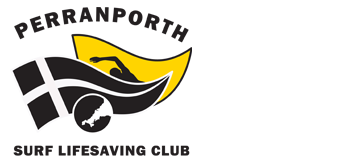



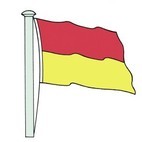
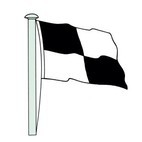
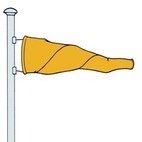
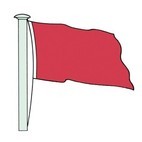
Recent Comments